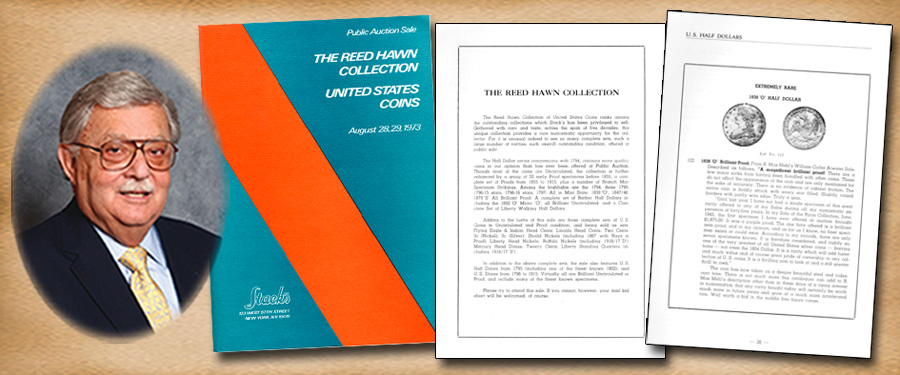
During the middle of the 20th century, due to the aging of collectors who had collected prior to the 1950s, a major group of outstanding collections became available at public auction or by private sale. Most of the collections included coins from collections that were formed in the late 19th century and up to the beginning of World War II.
The late 19th century lacked all the new communication appliances that came into common use before the war and then expanded by leaps and bounds after the conflict. Collecting coins and other memorabilia became a popular way for people to keep themselves busy during their non-working hours. It was an era when time off from business was spent at or near home. Though lighting was poor (but better than candlelight), collectors found great relaxation in accumulating coins, studying different dates and die varieties and then recording their findings in books and catalogs. This scholarship allowed others to continue these studies resulting in the more advance way collectors assemble collections today.
The famous Reed Hawn Collection was begun in Texas where Mr. Hawn grew up and his family had their business. The Hawn family was well known in Austin, where they worked their oil fields and raised champion Arabian horses as a family outdoor hobby.
We met the Reed Hawn and his father in the early 1950s when they came to New York with the idea of expanding their collection. The father and son worked together finding special rarities in the series they were assembling. During that period they were fortunate, as some old-timers began selling, dealers were able to amass large stocks from their clients, rolls of many common dates were found, and the selection was far greater than available today. Thus there was a vast selection for Reed and his Dad to consider.
Both father and son had keen eyes for quality and rarity. They assembled a number of complete sets, including some duplication as a result of upgrading specimens as they found better ones. They looked for examples that were boldly struck and pleasing to the eye. Their endeavors led to an assemblage they were proud of and Reed and his Dad did show them to fellow collectors.
The major set was the almost complete set of United States half dollars, which started in 1794 and ran through the Liberty Seated series, with many of the great rarities in Proof or superb Mint State. Many were pedigreed to the fine collections of earlier years and few were exceeded in quality.
In 1973, for personal reasons, Reed Hawn decided to sell part of his collection and Stack’s offered it for sale in August that year. In later parts of this reminiscence, I will tell of the depth and quality of the famous Reed Hawn Collection and Stack’s offering of the collection at public auction both in 1973 and later in 1993.





